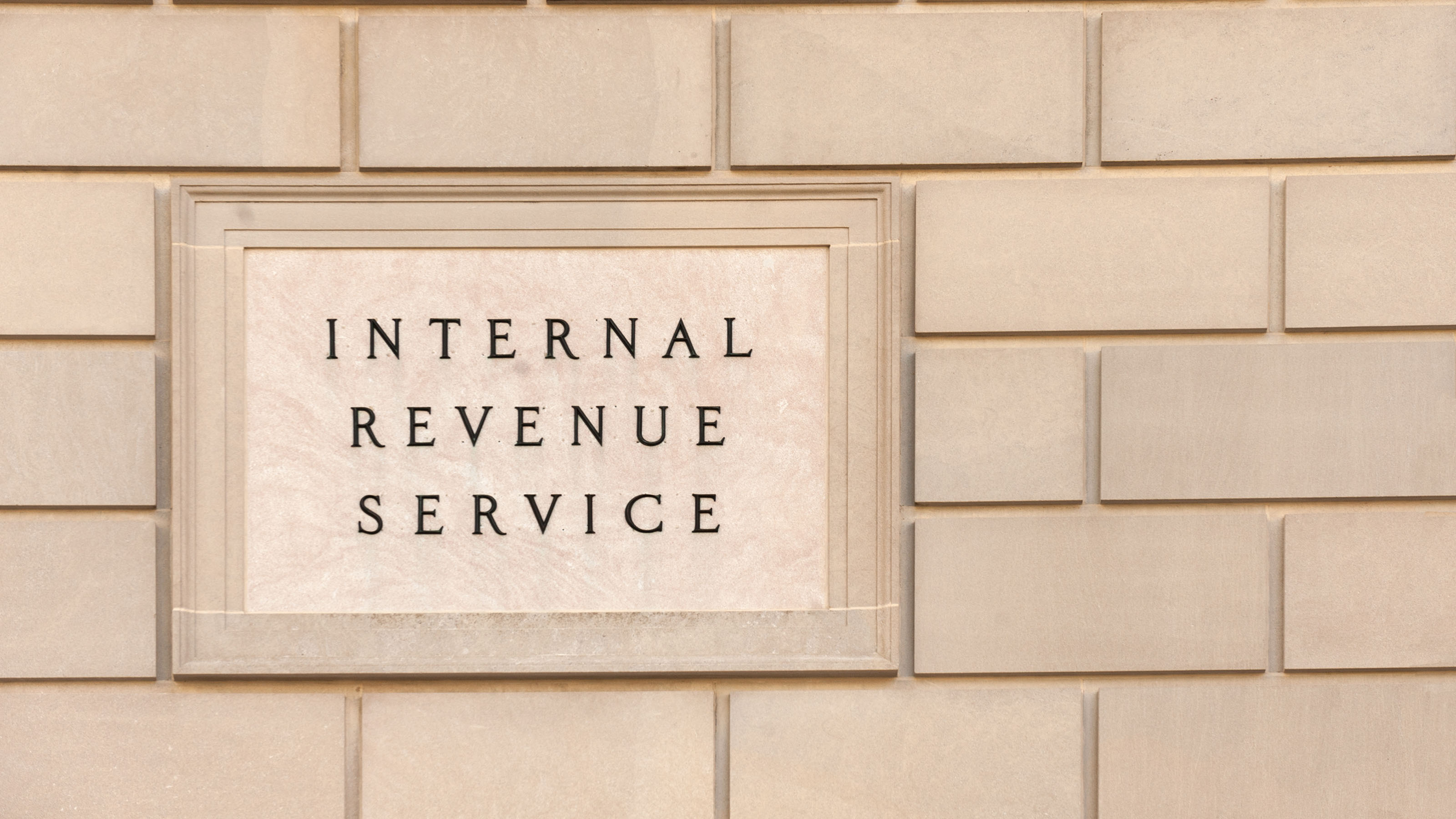Tax Filing for Freelancers, an Introduction to Schedule C
Launch a business this past year? Took on a little extra work to pad your paycheck? Here's an introduction to Schedule C and its sister form, Schedule SE, plus a few tips to help lower your tax bill.

If you launched your own business last year, or took on a little extra work to pad your paycheck, let me introduce you to the Schedule C and its sister form Schedule SE, the forms most freelancers need to file with their 1040s.
First of all, expect to dedicate a lot more time to completing your income tax forms. The IRS says the average taxpayer will spend more than ten hours working on the schedule C, including nearly two hours learning about it.
Well, here's the short course, a rundown of the paperwork you'll need and a few tips to help lower your tax bill.
From just $107.88 $24.99 for Kiplinger Personal Finance
Become a smarter, better informed investor. Subscribe from just $107.88 $24.99, plus get up to 4 Special Issues

Sign up for Kiplinger’s Free Newsletters
Profit and prosper with the best of expert advice on investing, taxes, retirement, personal finance and more - straight to your e-mail.
Profit and prosper with the best of expert advice - straight to your e-mail.
Which Forms to File
When you file your income taxes, you'll need to submit Schedule C in addition to your 1040. You can use the shorter Schedule C-EZ form if you have business expenses of $5,000 or less, have no employees and no home office deduction.
If your net earnings are more than $400 for the year, you need to file Schedule SE to figure your self-employment tax, which includes social security and medicare taxes.
You should receive 1099s from clients reporting your 2008 income. That's where you'll find all of the information you'll need to complete these tax forms.
For more information, see Filing Requirements for Self-Employed Individuals on the IRS Web site and Publication 334, Tax Guide for Small Businesses.
What You Can Write Off
Self-employed people are responsible for both the employer's and the employee's share of Social Security and Medicare taxes -- totaling 15.3% of their net self-employment income. (People who are employed by someone else only pay the 7.65% employee share.) Because self-employed folks are hit so much harder at tax time, any expenses you can deduct can make a big difference.
You'll be able to write off many of the expenses from your freelance business, including the cost of a computer, printer and other equipment you use in your work.
Work-related phone calls and mailings, office supplies, copying, advertising, business travel and other expenses are also deductible.
You may also be able to deduct your health insurance premiums if you aren't eligible for health insurance from an employer or your spouse's employer (you can't deduct more than the net income of your business).
Half of the self-employment tax you pay is also deductible.
See our Taxopedia on Deductible Business Expenses for quick check list. For more details, see IRS Publication 535, Business Expenses.
You may also be able to write off the business use of your home, including a portion of your homeowners insurance, utilities, rent or mortgage interest -- which is more valuable as a business deduction than an itemized deduction. The amount of these deductions is based on the percentage of your home or apartment used for your business. See IRS Publication 587, Business Use of Your Home, for more information about the rules.
Save for Retirement
You can also lower your tax bill by making a tax-deductible contribution to a self-employed retirement plan.
You can deduct the contribution now and the money grows tax-deferred until you retire.
You generally have several choices, but if you didn't open up an account by the end of the calendar year, you only have one choice available now: a Simplified Employee Pension.
SEPs work a lot like IRAs and are available at most brokerage firms and mutual fund companies. You have until April 15, 2009, to establish your 2008 account and contribute the money.
Get Ready for Next Year
If you continue to earn self-employment income this year and aren't having any taxes withheld from your checks, you may need to make tax payments by sending the IRS form 1040-ES each quarter. Otherwise, you could end up with a penalty for late payments.
You should generally pay quarterly taxes if you'll owe more than $1,000 when you file your return. If you or your spouse has another job, you can increase your withholding to cover the extra income rather than bothering with quarterly payments. For more information, see the IRS's page on Paying Estimated Taxes. Use Form 1040-ES to figure and pay the tax.
Keep in mind that the first quarterly payment for 2009 self-employed income is due on April 15, with a separate form and address from your regular 2008 income taxes.
Return to Kiplinger's Tax Center
Profit and prosper with the best of Kiplinger's advice on investing, taxes, retirement, personal finance and much more. Delivered daily. Enter your email in the box and click Sign Me Up.

As the "Ask Kim" columnist for Kiplinger's Personal Finance, Lankford receives hundreds of personal finance questions from readers every month. She is the author of Rescue Your Financial Life (McGraw-Hill, 2003), The Insurance Maze: How You Can Save Money on Insurance -- and Still Get the Coverage You Need (Kaplan, 2006), Kiplinger's Ask Kim for Money Smart Solutions (Kaplan, 2007) and The Kiplinger/BBB Personal Finance Guide for Military Families. She is frequently featured as a financial expert on television and radio, including NBC's Today Show, CNN, CNBC and National Public Radio.
-
 My Top 10 Stock Picks for 2026
My Top 10 Stock Picks for 2026Each year, we ask an expert to pick 10 stocks that have the potential to beat the market over the next 12 months. Here are his choices for 2026.
-
 Special Report: The Future of American Politics
Special Report: The Future of American PoliticsThe Kiplinger Letter The Political Trends and Challenges that Will Define the Next Decade
-
 We're Still Bullish on Stocks
We're Still Bullish on StocksWe're still bullish on stocks for 2026, but now is the time for investors to pull in their horns and dial down risk.
-
 Holiday Tax Scams 2025: 'Tis the Season to be Wary
Holiday Tax Scams 2025: 'Tis the Season to be WaryTax Scams Navigating tax tricks of the holiday season may be daunting, but don't let that destroy your festive spirit
-
 Estate Tax Quiz: Can You Pass the Test on the 40% Federal Rate?
Estate Tax Quiz: Can You Pass the Test on the 40% Federal Rate?Quiz How well do you know the new 2026 IRS rules for wealth transfer and the specific tax brackets that affect your heirs? Let's find out!
-
 Law Reversal Looming? Trump Eyes 2026 Gambling Winnings Tax Change
Law Reversal Looming? Trump Eyes 2026 Gambling Winnings Tax ChangeTax Deductions It's no secret that the IRS is coming after your gambling winnings in 2026. But how long will that last?
-
 The 'Scrooge' Strategy: How to Turn Your Old Junk Into a Tax Deduction
The 'Scrooge' Strategy: How to Turn Your Old Junk Into a Tax DeductionTax Deductions We break down the IRS rules for non-cash charitable contributions. Plus, here's a handy checklist before you donate to charity this year.
-
 IRS Says You Made a Tax Return Mistake? A New Law Could Help You Fight Back
IRS Says You Made a Tax Return Mistake? A New Law Could Help You Fight BackTax Law Updated taxpayer protections change what the IRS must explain on error notices and how long you have to respond.
-
 Tax Refund Alert: House GOP Predicts 'Average' $1,000 Payouts in 2026
Tax Refund Alert: House GOP Predicts 'Average' $1,000 Payouts in 2026Tax Refunds Here's how the IRS tax refund outlook for 2026 is changing and what steps you can take now to prepare.
-
 New 2026 Tax Change Could Mean More for Your IRA and 401(k) Savings
New 2026 Tax Change Could Mean More for Your IRA and 401(k) SavingsRetirement Savings Here's how the new IRS inflation adjustments will increase the contribution limits for your 401(k) and IRA in the new year.
-
 3 Ways High-Income Earners Can Maximize Their Charitable Donations in 2025
3 Ways High-Income Earners Can Maximize Their Charitable Donations in 2025Tax Deductions New charitable giving tax rules will soon lower your deduction for donations to charity — here’s what you should do now.